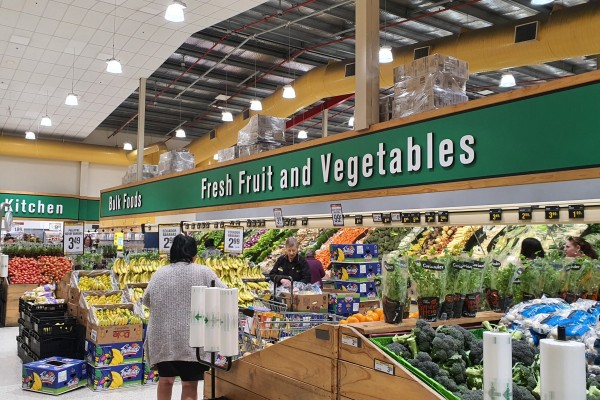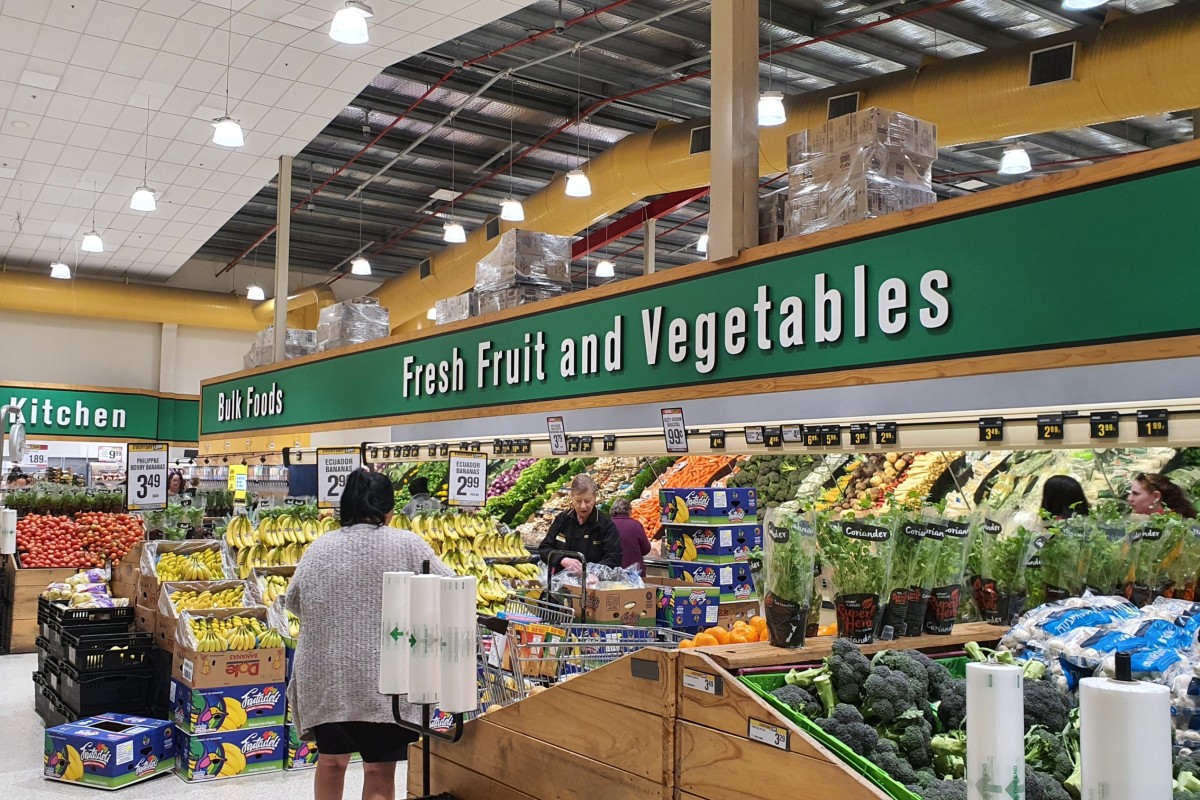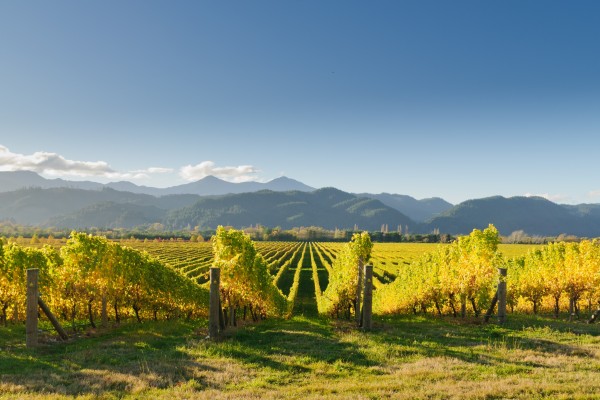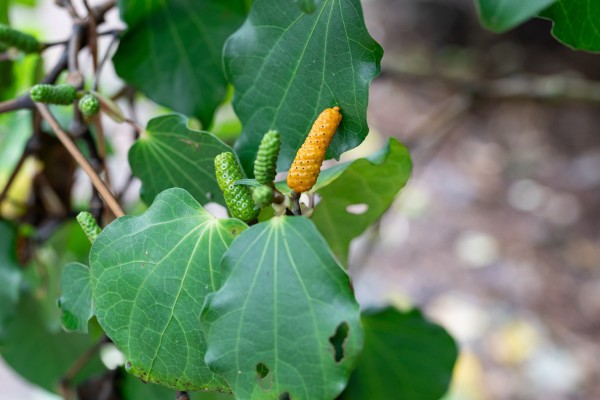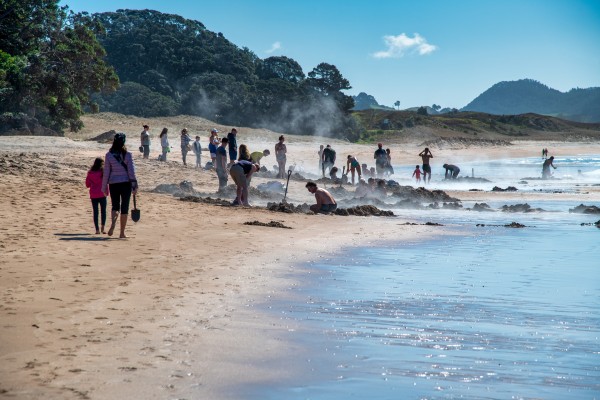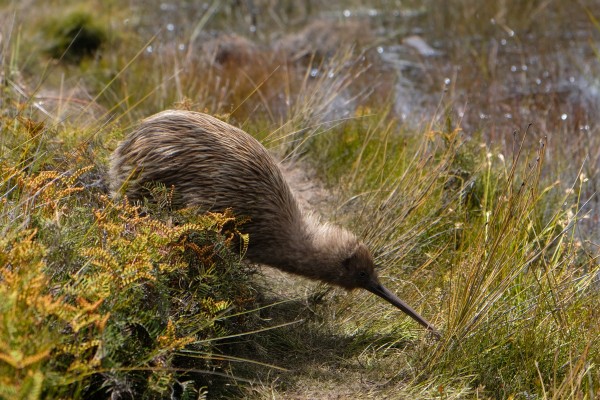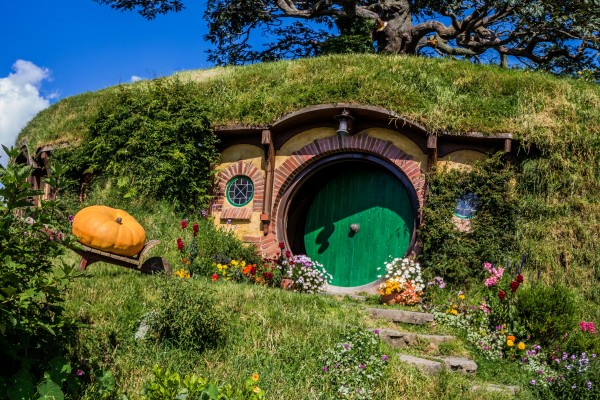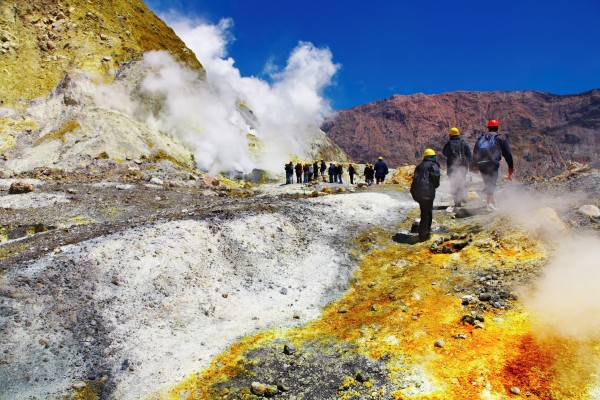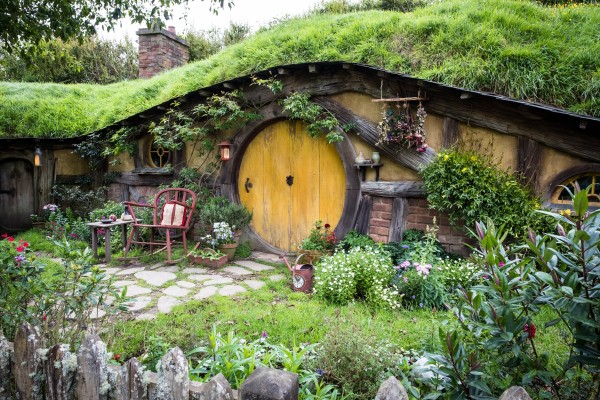Kiwi cuisine: Must-try foods and where to find them
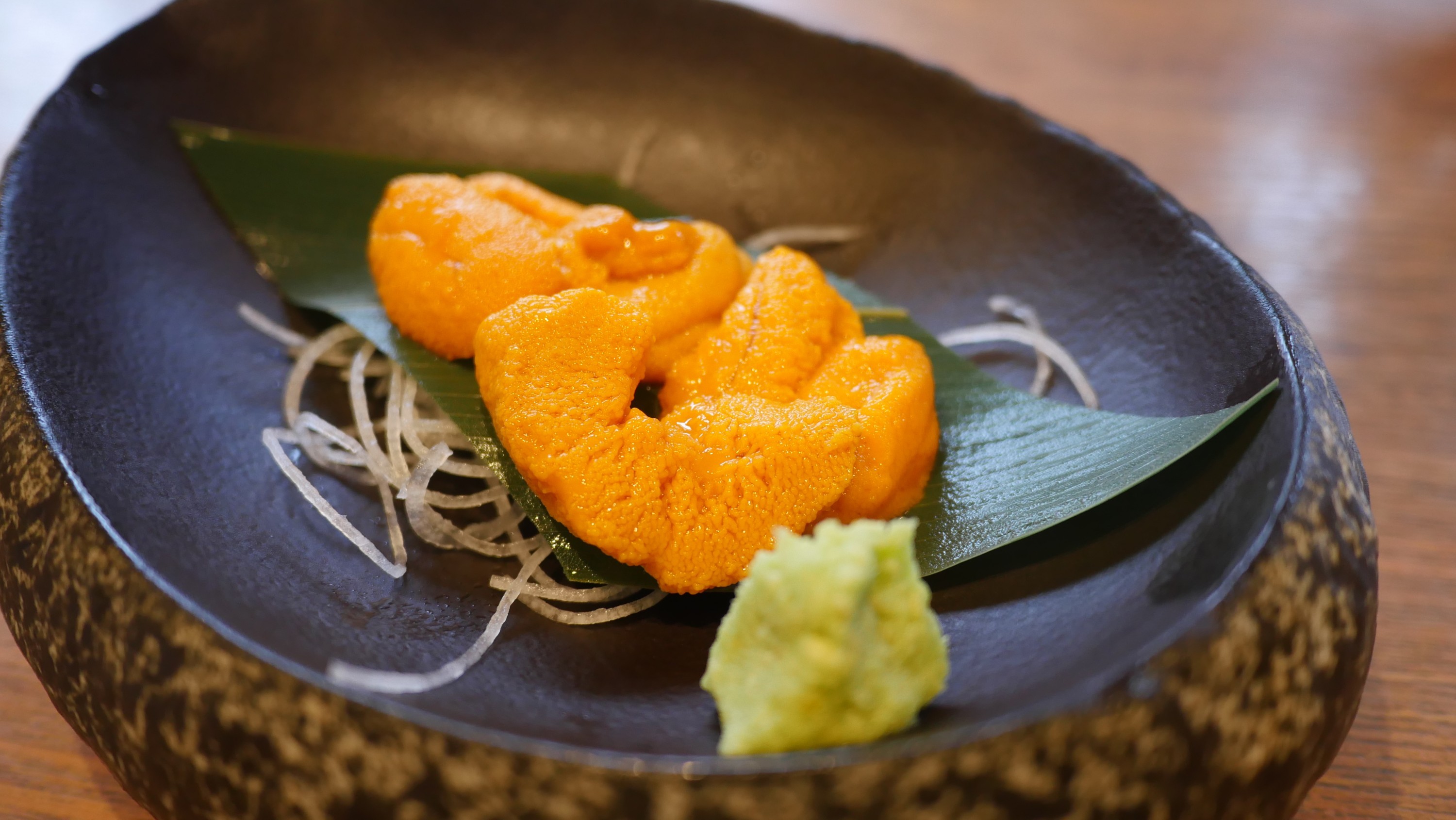
Part of moving to a new country is exploring the cuisine. While New Zealand is much more famous for its scenery and many adrenaline-infused activities, there’s no shortage of interesting and unique foods to try while you're here.
As an island nation, New Zealand boasts a rich tapestry of flavours reflecting our unique blend of indigenous Māori culture, European influences, and abundant fresh, local ingredients.
Discover the unique flavours of New Zealand and where to try them.
Hangi
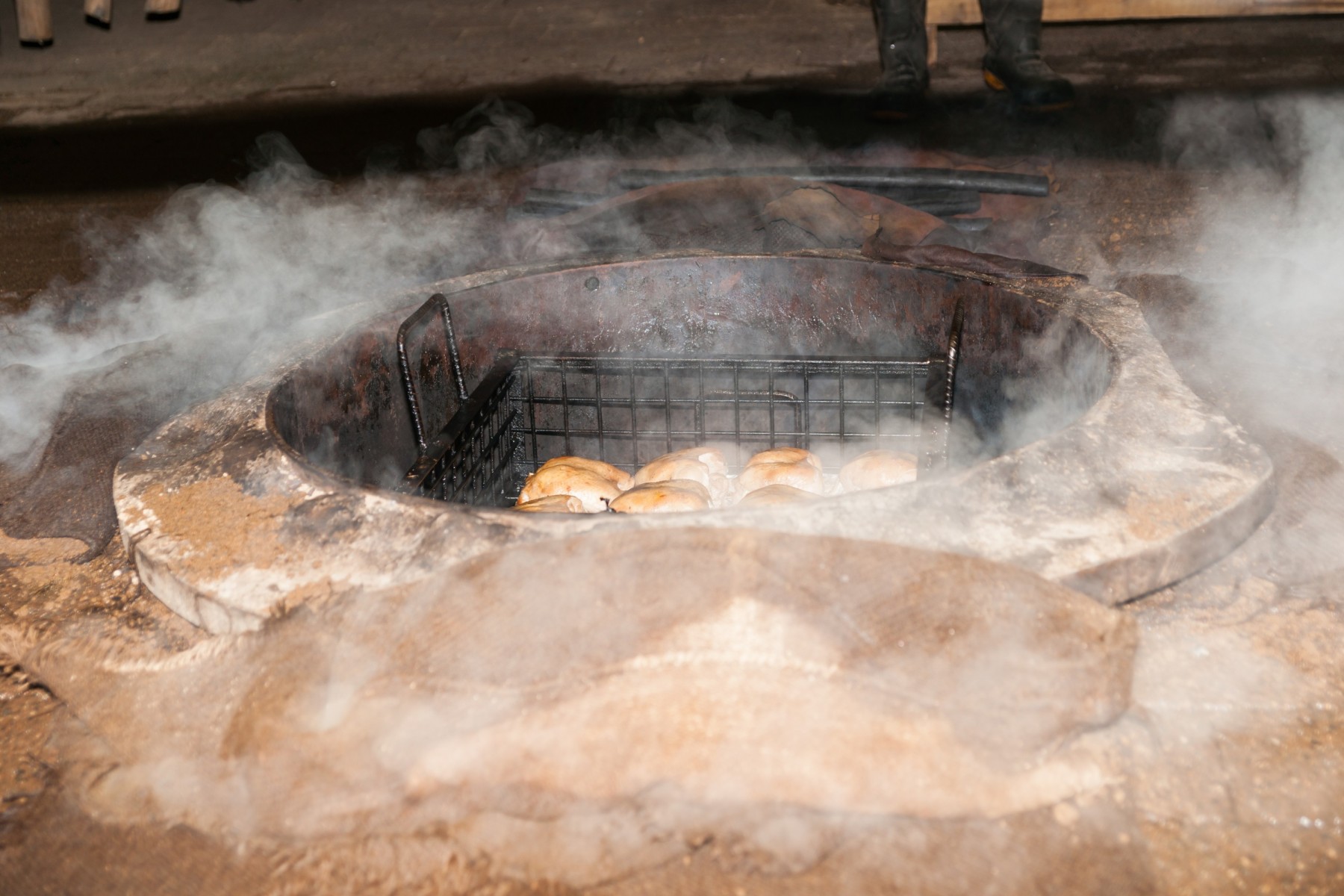
Hangi is dish that’s most firmly associated with New Zealand. Indigenous to Māori, you won’t find a Hangi anywhere else. This ancient cooking method involves preparing a feast by cooking meat (usually pig), vegetables, including our native sweet potato kumara, and sometimes even seafood, in an underground oven.
Hangi is slow-cooked over heated stones, resulting in tender, succulent flavours that soak in the scents and flavours of the land. One of the best places to experience Hangi is in Rotorua. Located in the central North Island, you can take part in cultural experiences that include a traditional Hangi meal while learning about the history and culture of Māori in New Zealand.
Pāua
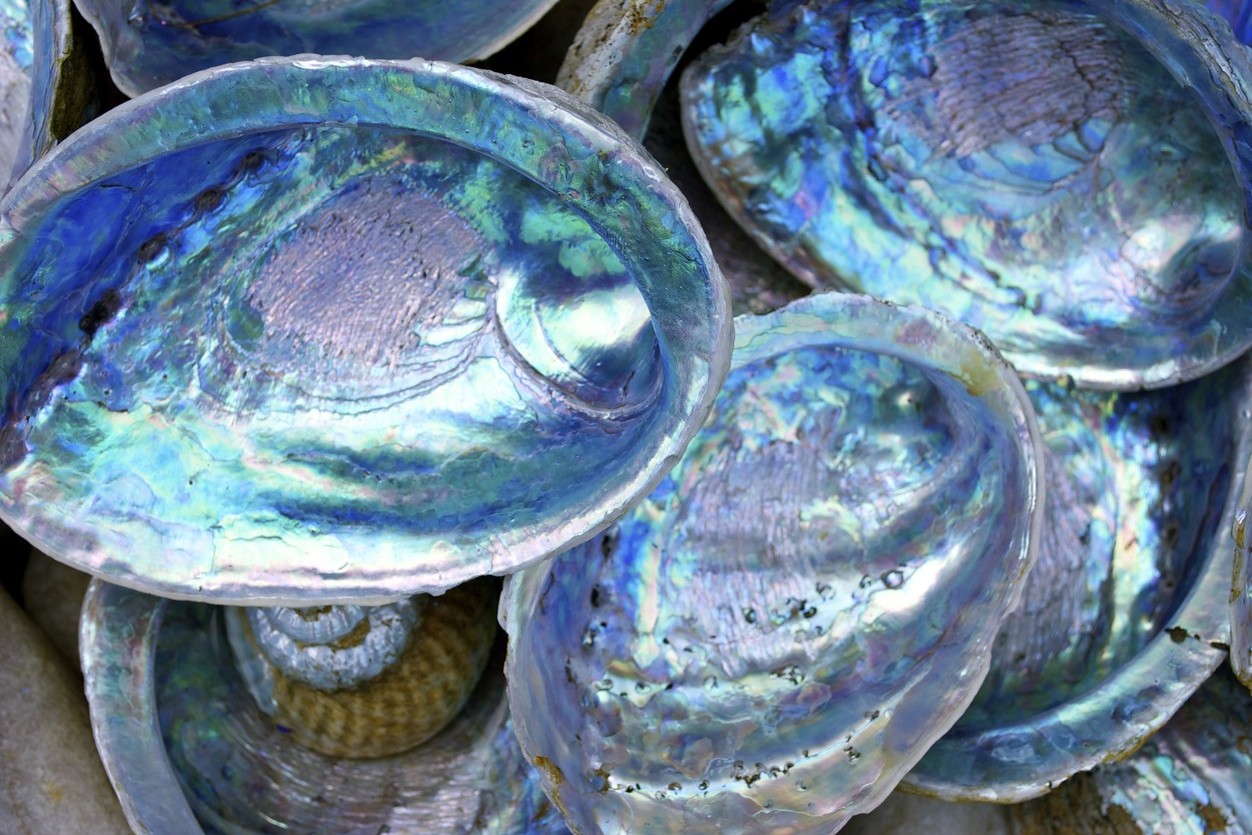
New Zealand is rich in seafood and the perfect destination for exploring unique flavours you won’t find anywhere else. Pāua, often referred to as abalone in other countries, is a delicacy and more often than not consumed by those who dive for it. Pāua is known for its vibrant blue-green shells which many people use as home decorations. When cooked, paua is delicate and rich, resembling a mix of seafood with a mild briney taste.
Because of its unique taste and texture, paua is often prepared in ways that allow its natural flavours to shine. It's commonly used in dishes like fritters, chowders, and seafood stews, where its distinct taste can complement other ingredients without overpowering them. Pāua is a delicacy and isn’t commonly found on the menu in most restaurants. Karaka Cafe in Wellington prepare a range of food using traditional ingredients including Pāua.
Parāoa Rēwena
Parāoa Rēwena is a traditional Māori bread made from fermented potato starter known as "rewena." The result is a bread similar to Scandinavian-style sourdough. It has a unique flavour profile and is more commonly made in homes than sold in bakeries. Karaka Cafe and Hiakai in Wellington both regularly have Rewena bread on the menu.
Whitebait Fritters
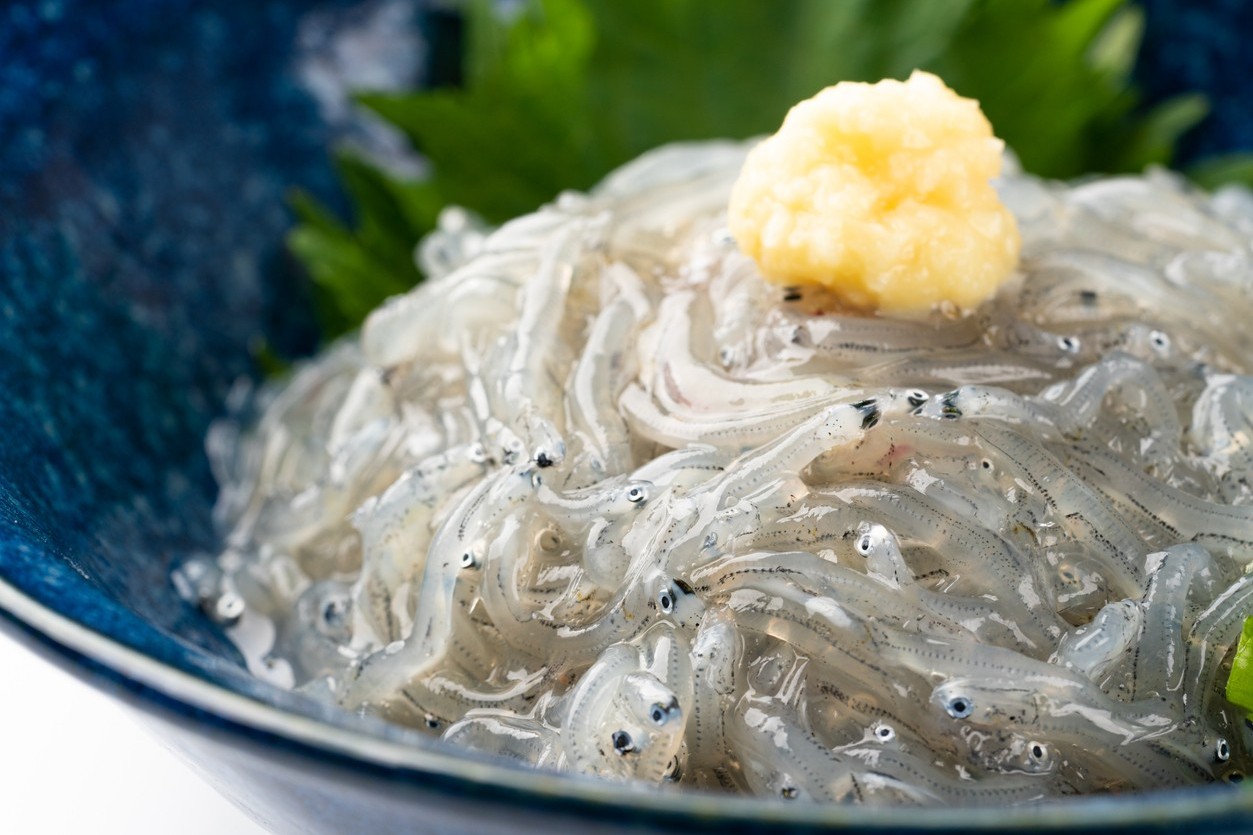
Whitebait fritters are a seasonal delicacy from New Zealand's rivers. Whitebait refers to the juveniles of various species of fish, such as galaxiids and smelts, that are caught when they are still transparent. Whitebait are less than an inch long and has a distinct silvery appearance. The whitebait season runs from September to November.
Whitebait fritters are a mixture of whitebait with egg, lightly fried to create crispy fritters. In a classic fritter, the whitebait is lightly coated in a simple batter and then pan-fried until crispy on the outside. These fritters are often enjoyed with a squeeze of lemon, a sprinkle of salt, and a slice of fresh white bread. The flavour is subtle, with a mild seafood taste. Kaikoura Seafood BBQ Kiosk is one of the best places to try whitebait fritters during the season.
Crayfish
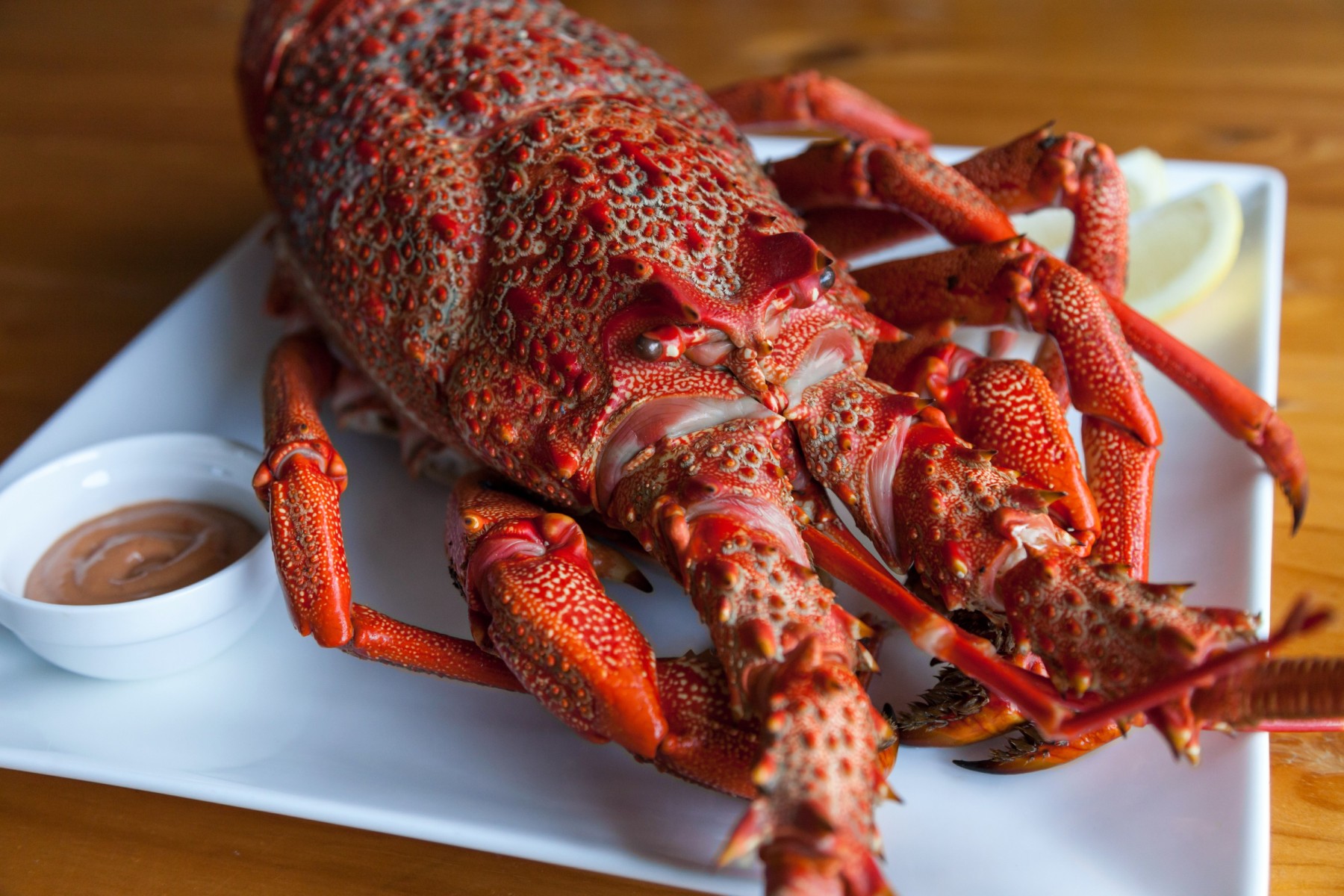
When it comes to seafood, New Zealand crayfish is the prized catch. Crayfish (like small lobsters) have rich and succulent meat and are a popular seafood to dive for. You can find crayfish in high end restaurants and small fish and chip shops dotted around the country.
The best place to enjoy crayfish in New Zealand is in Kaikōura at Nin’s Bins, a small crayfish batch that fries up fresh crays caught that day. The West Coast and Stewart Island are popular places for crayfish. If you like lobster, you may enjoy the mild, sweeter taste and firmer texture of a New Zealand crayfish.
Green-Lipped Mussels
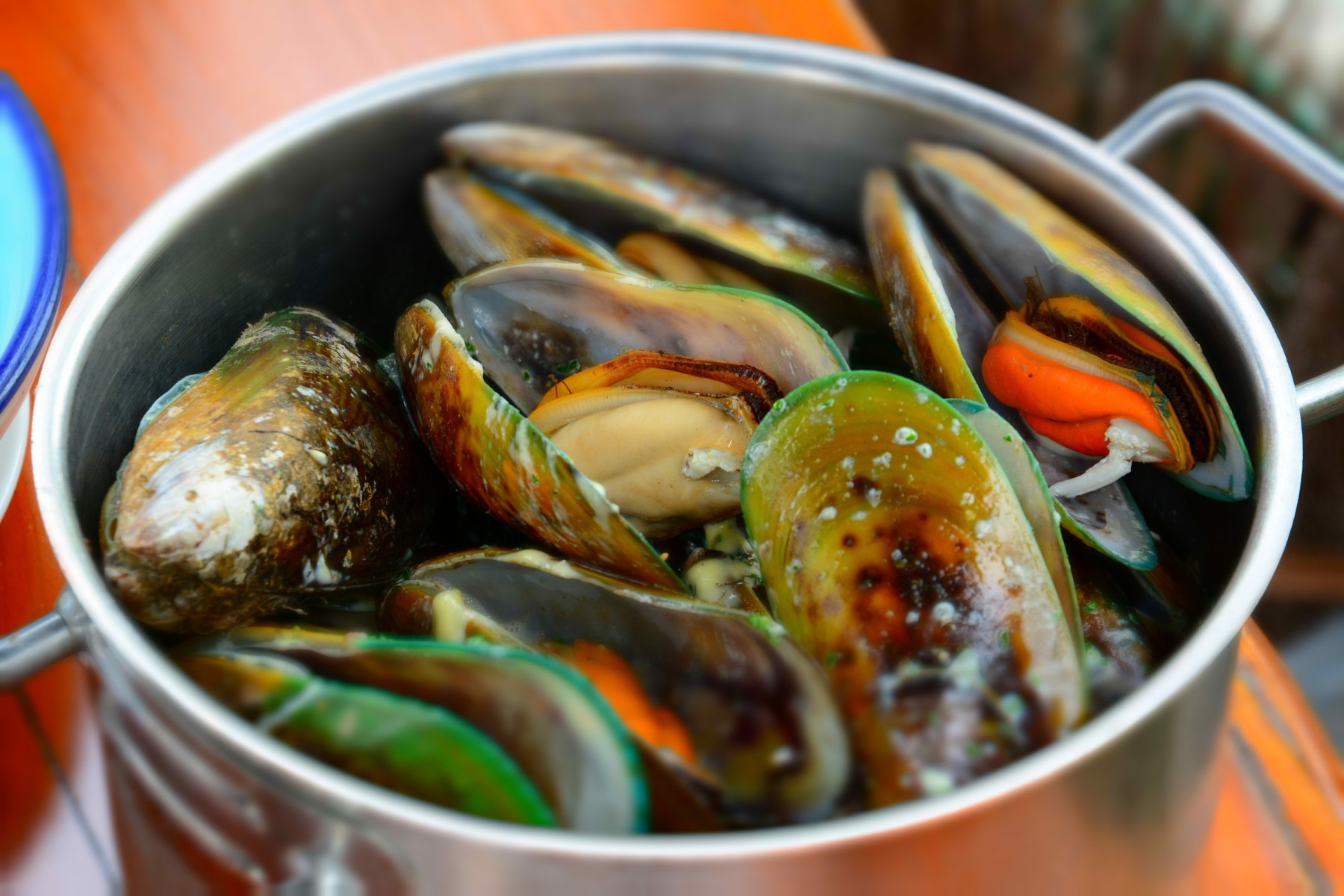
New Zealand's pristine waters are home to a distinctive green-lipped mussel. These mussels are larger than other types of mussels and have a bright green hue on the edges of their shells. Green-lipped mussels are tender and have a mild, oceany, slightly sweet taste. Enjoy them steamed, in a flavorful broth, or baked with cheese. The town of Havelock in the Marlborough Sounds is the perfect place to savour these mussels, as it's often referred to as the "Green-Lipped Mussel Capital of the World."
Bluff Oysters
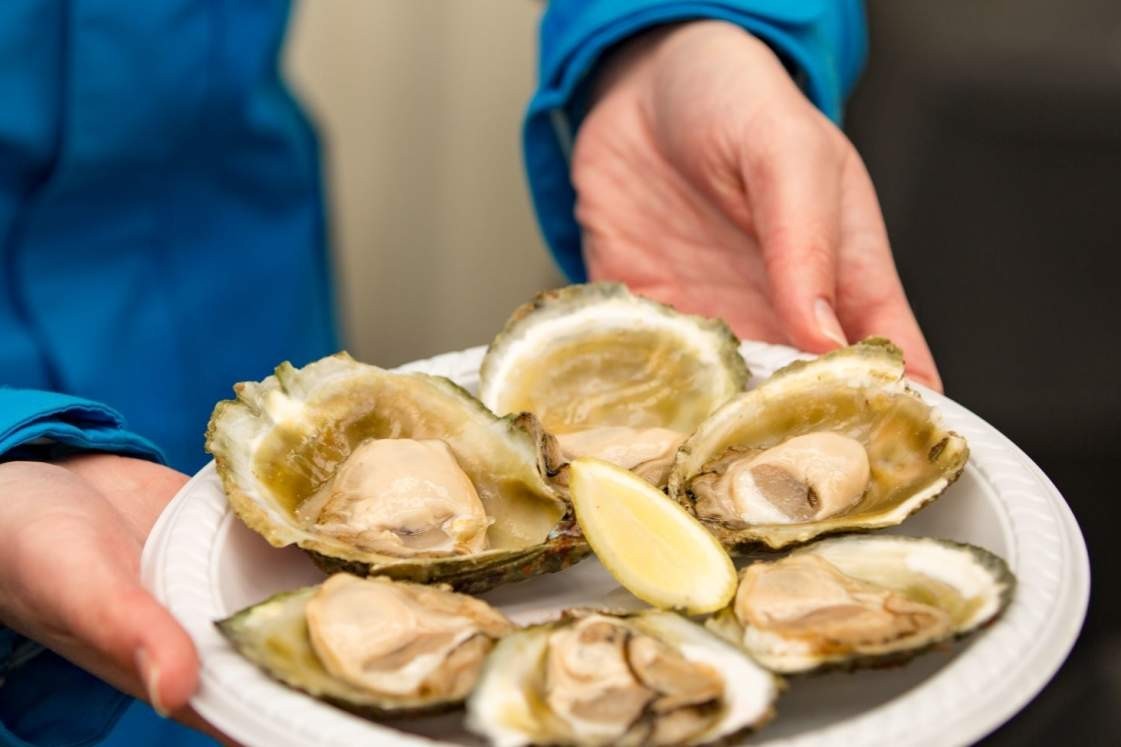
Bluff oysters are a New Zealand delicacy that draws seafood enthusiasts from around the world. They are found in the freezing waters of Foveaux Strait between the South Island and Stewart Island. Bluff oysters are typically eaten raw on a half-shell, with a squeeze of lemon juice allowing you to savour their briny taste. If you're an oyster lover, visit advantage of the Bluff Oyster Festival, an annual event in Bluff each May.
Kumera Chips
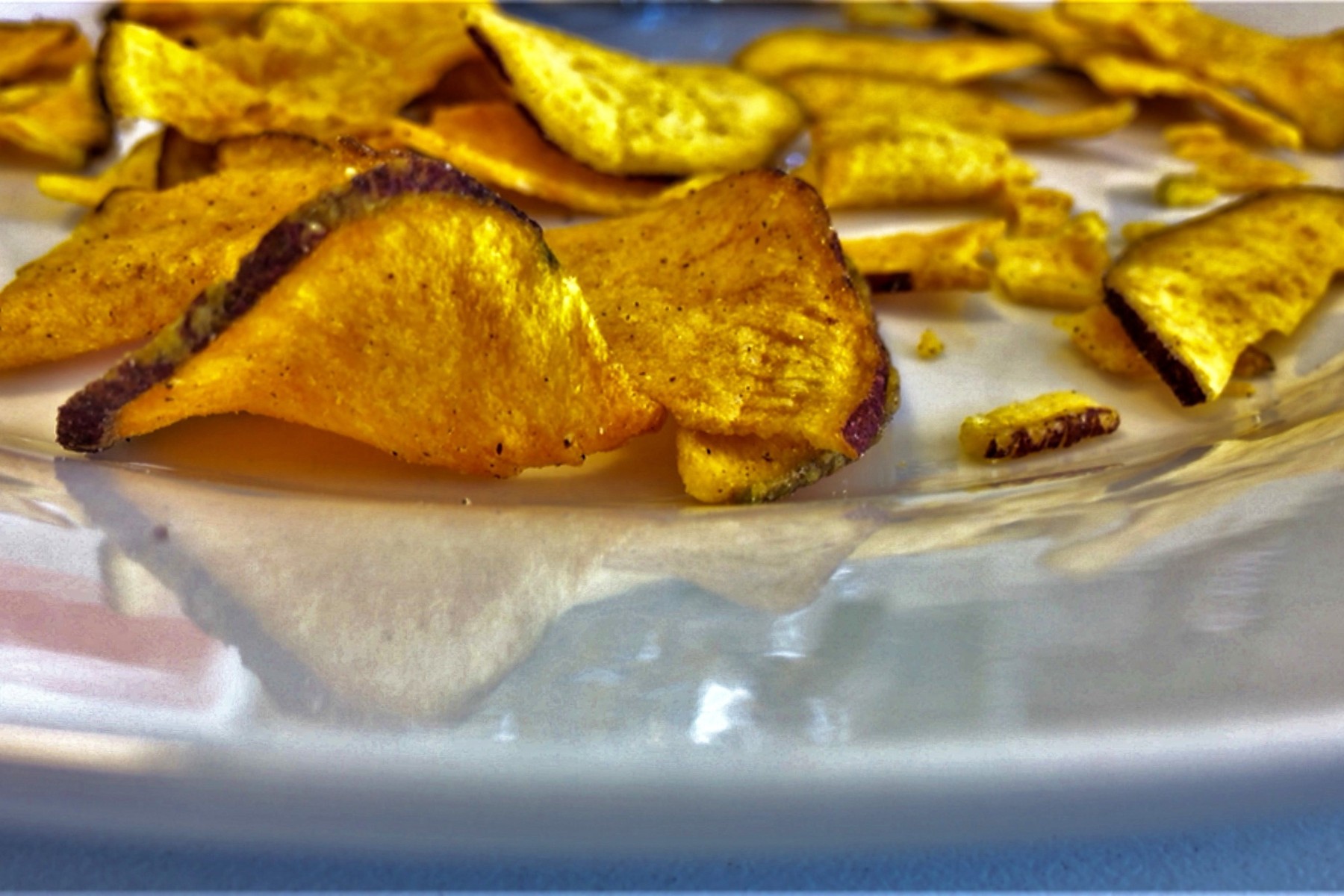
Kumera is a traditional sweet potato, associated with Indigenous Māori cooking and used commonly throughout New Zealand. They are a great alternative to potatoes, have a distinctive sweet taste and are used in many different types of dishes. Like a potato, kumera can be roasted, mashed, and fried. If you’re looking for a novel way to enjoy kumera, opt for kumera chips (fries) over potato chips at your local fish and chip shop.
Kina (Sea Urchin)
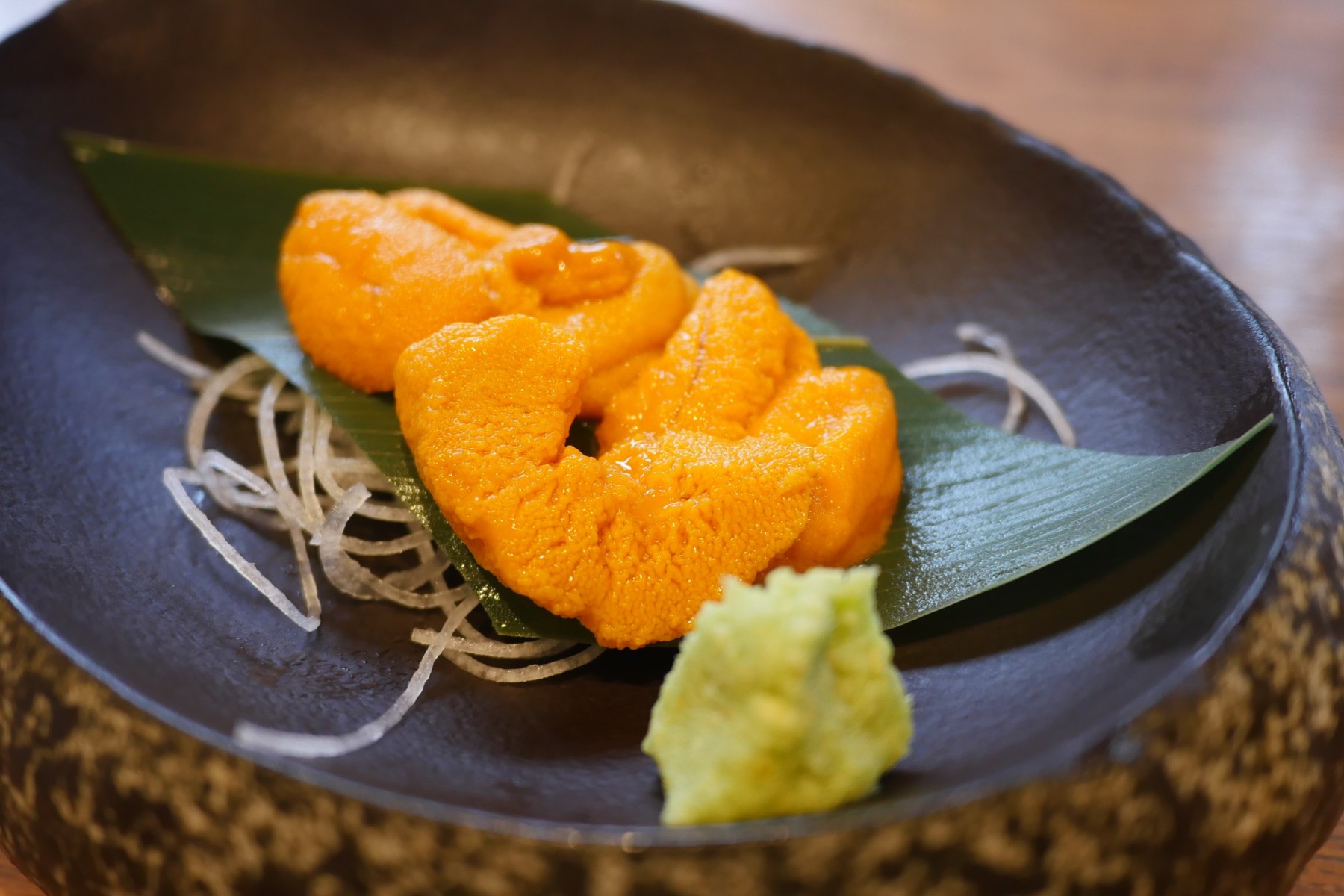
For the adventurous foodies out there, New Zealand's coastal waters offer a unique snack – kina, or sea urchin. They are known for their prickly appearance and briny taste. Kina can be found all around New Zealand as they thrive on rocky coastal waters. Despite their prevalence, they’re not commonly found on menus outside of fish and chip shops and seafood restaurants. To experience the distinct flavour of kina, head to coastal towns like Kaikōura or search for fish and chip shops that serve kina on the menu.
Mānuka Honey
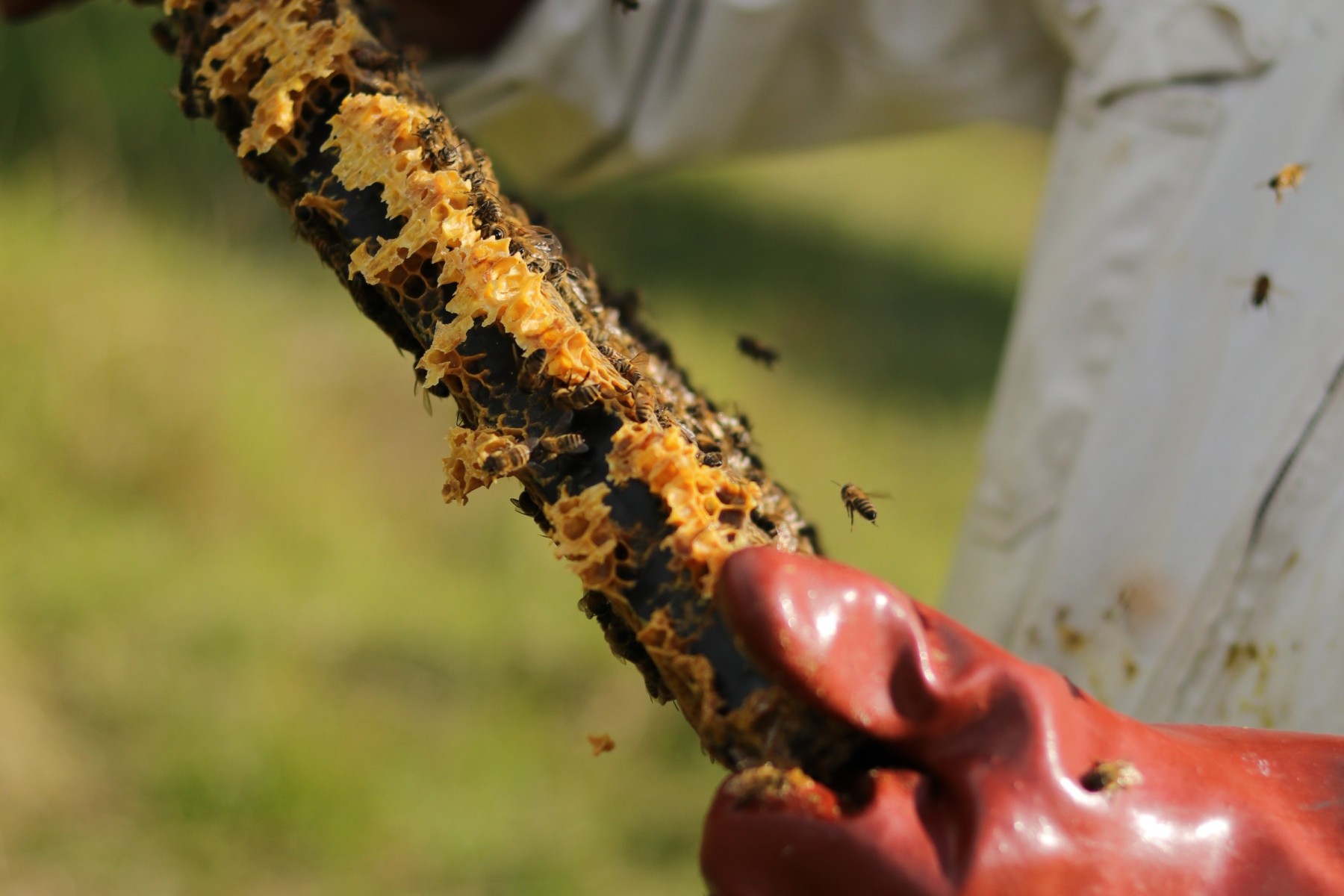
While not a traditional dish, Mānuka honey is a quintessential New Zealand product that has global name recognition. Produced by bees that pollinate the native mānuka bush, this honey is renowned for its unique antibacterial properties and distinctively rich flavour. Mānuka honey is enjoyed as a spread, in hot beverages and was traditionally used for its potential health benefits. Mānuka honey is found in any supermarket in New Zealand.
Pavlova
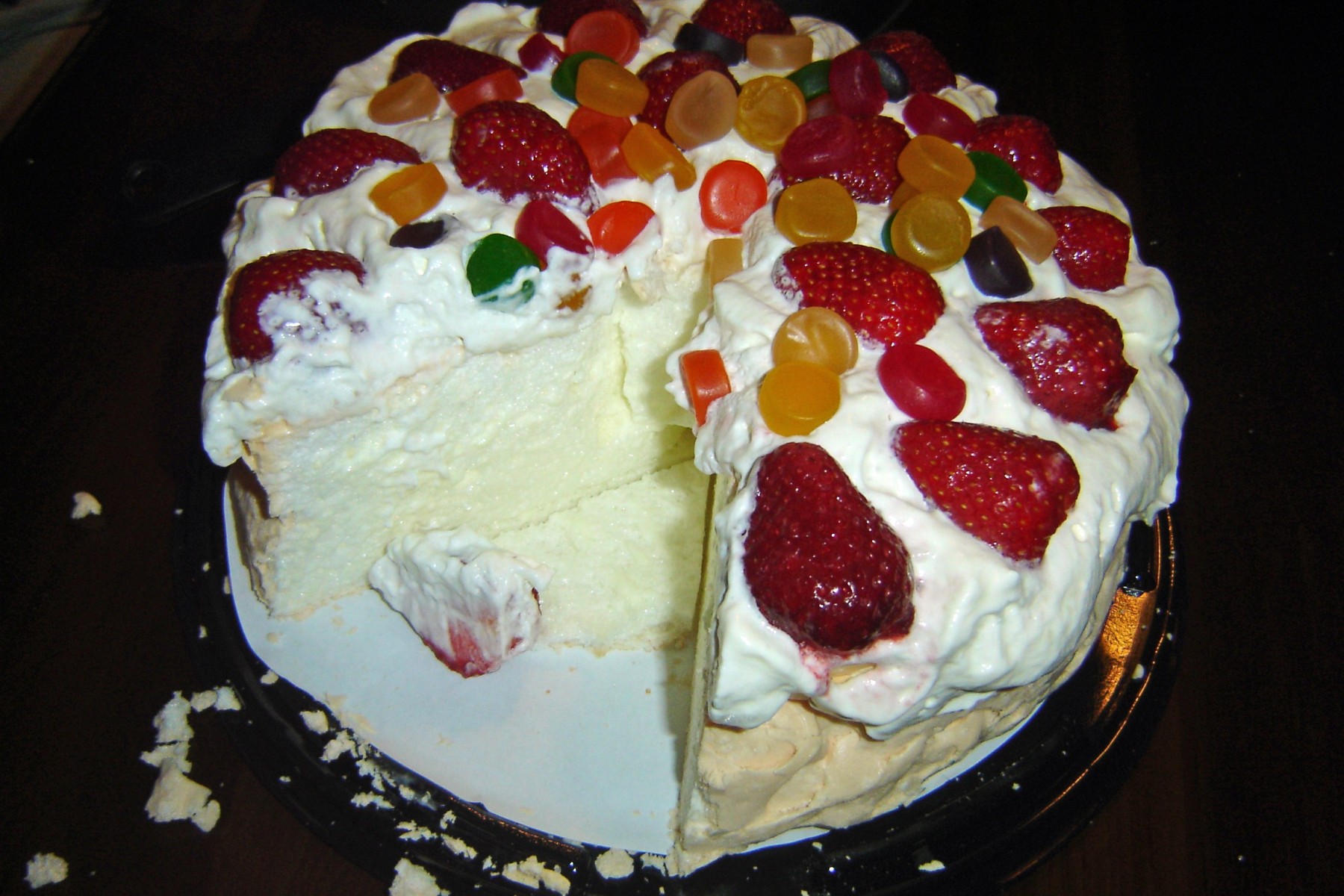
Pavlova is a traditional dessert often served by grandparents at Christmas. Whether or not you like it is beside the point. It’s a staple, and it’s not quite a New Zealand Christmas without it. This iconic dessert looks like a giant meringue. It’s crispy on the outside and soft on the inside, topped with whipped cream and a generous assortment of fresh fruits like kiwifruit, berries, and passionfruit. You can find pavlova at traditional tea rooms throughout the country.
Feijoas
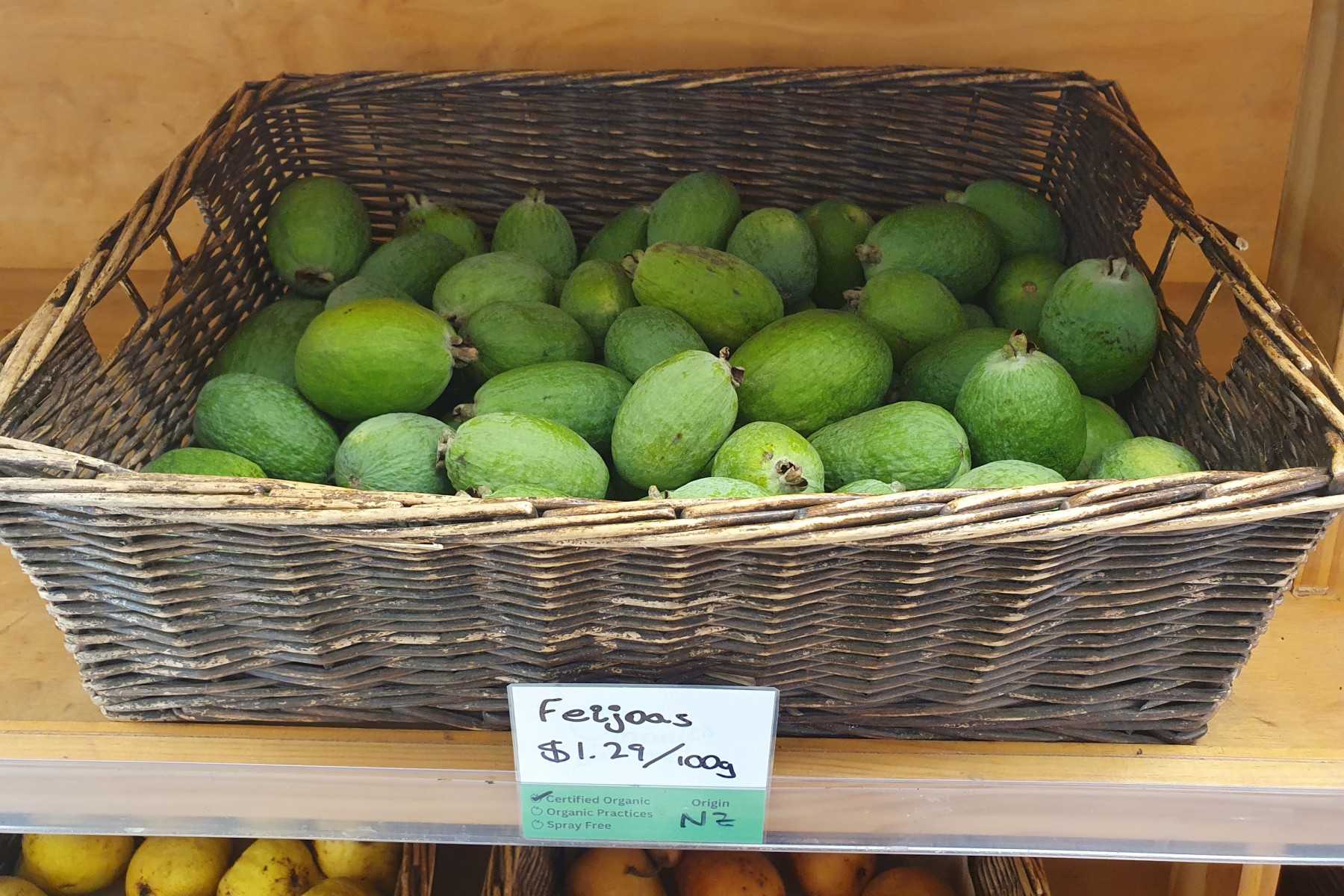
Feijoas are a fruit native to parts of Brazil, Paraguay, Uruguay, Argentina, and Colombia. Yet, New Zealanders consider the feijoa a quintessentially kiwi fruit. Found in backyards up and down the North Island, this green, egg-shaped fruit has a sweet almost custard-like taste. There are lots of ways to enjoy feijoa. Many people cut the fruit in half and scoop out the flesh with a spoon. You can also find feijoa ice cream, yoghurt and gelato. Feijoas are commonly found in farmers' markets or fruit orchards in the upper North Island during their peak season.
Kiwi Burger
A unique take on the classic hamburger, the Kiwi Burger is a lot like a Cheesebruger but with a Kiwi twist. This burger typically features a homemade beef patty, topped with a fried egg, bacon, lettuce, tomato, cheese, a beetroot slice and tomato sauce. You can find variations of the Kiwi Burger in local burger joints across the country, each adding their own twist to this beloved comfort food.
What do our customers say?





For every (wise)move







What’s happening?
Please notify us of any violations. This information will be kept confidential and shared only with Wise Move.
- It’s inaccurate or incorrect
- If you find it offensive
- It’s something else
